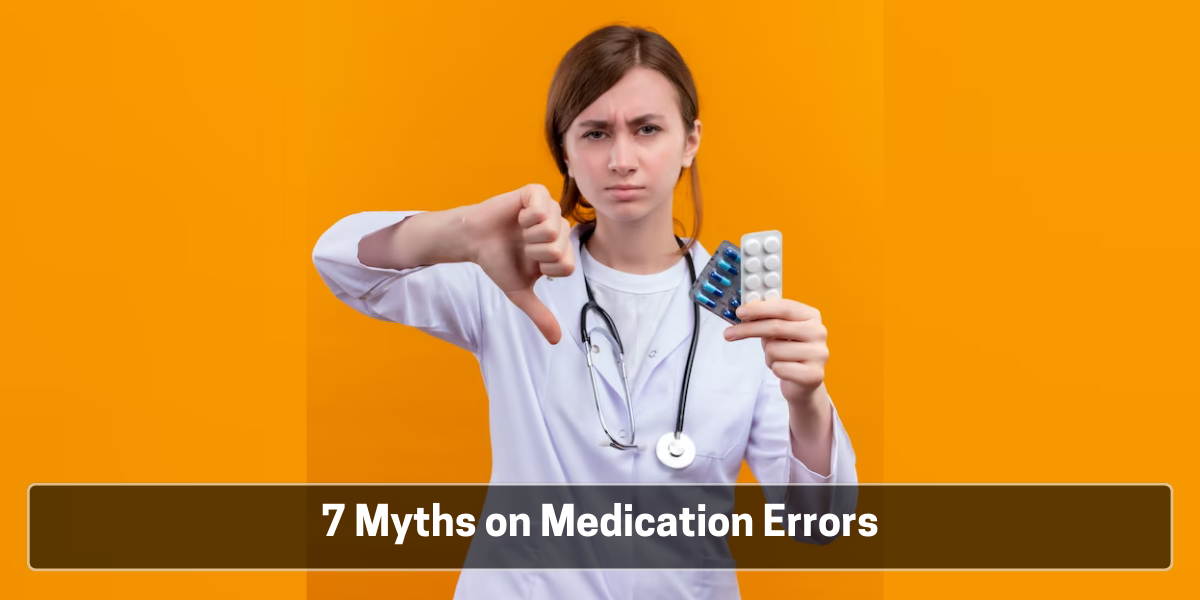In the realm of patient safety, the accuracy of medication administration is a cornerstone. However, there are several prevalent myths concerning medication errors that can not only mislead healthcare providers but also put patients at risk. Here, we discuss some of the common myths related to medication errors:
Myth 1: Medication errors are exclusive to hospital settings.
Reality: Contrary to this belief, medication errors can occur in a variety of healthcare contexts, from hospitals and clinics to nursing homes and even in-home care. The issue is not confined to a single setting but is pervasive across the healthcare spectrum, underscoring the need for vigilance in all care environments.
Myth 2: Healthcare workers, due to their negligence, are the primary culprits of medication errors.
Reality: In reality, while human mistakes do happen, they are often the result of systemic problems. Complicated processes, unclear communication, and other factors contribute significantly to medication errors. It is seldom a case of individual negligence, but more often a multi-faceted issue that requires system-level solutions.
Myth 3: Double-checking medication would eliminate all errors
Reality: Double-checking can serve as a valuable safety net, but it is not foolproof. For a more robust approach to preventing errors, healthcare teams must also implement other strategies such as implementing electronic medication administration record (eMAR), effective teamwork, comprehensive documentation, and adherence to standardised protocols.
Myth 4: Responsibility of preventing medication errors is only of doctors and nurses.
Reality: This perception is misguided. The prevention of medication errors is a collective duty involving multiple stakeholders, including pharmacists, technicians, and even patients. Open lines of communication and the active participation of all team members are essential components of medication safety.
Myth 5: Only ‘high-risk’ medications are prone to errors.
Reality: Any medication, irrespective of its risk profile, can be involved in an error. A consistent safety protocol must be applied universally to all medications to truly minimise errors.
Myth 6: Medication errors are rare events that have minimal impact on patients.
Reality: Unfortunately, these errors are not as rare as one might hope, and the consequences can range from mild to severe, including hospitalisation or even death. The gravity of this issue calls for consistent efforts to minimise errors at every level of healthcare provision.
Myth 7: Reporting an error would lead to punitive actions.
Reality: This myth is especially harmful as it inhibits transparent communication. The focus of error reporting should be on learning from the mistake and improving systems against future lapses, rather than blaming individuals.
Understanding the realities behind these myths is crucial for safeguarding patient well-being and enhancing the quality of healthcare services. Remember, the responsibility of preventing medication errors is collective, involving everyone in the circle of care.







